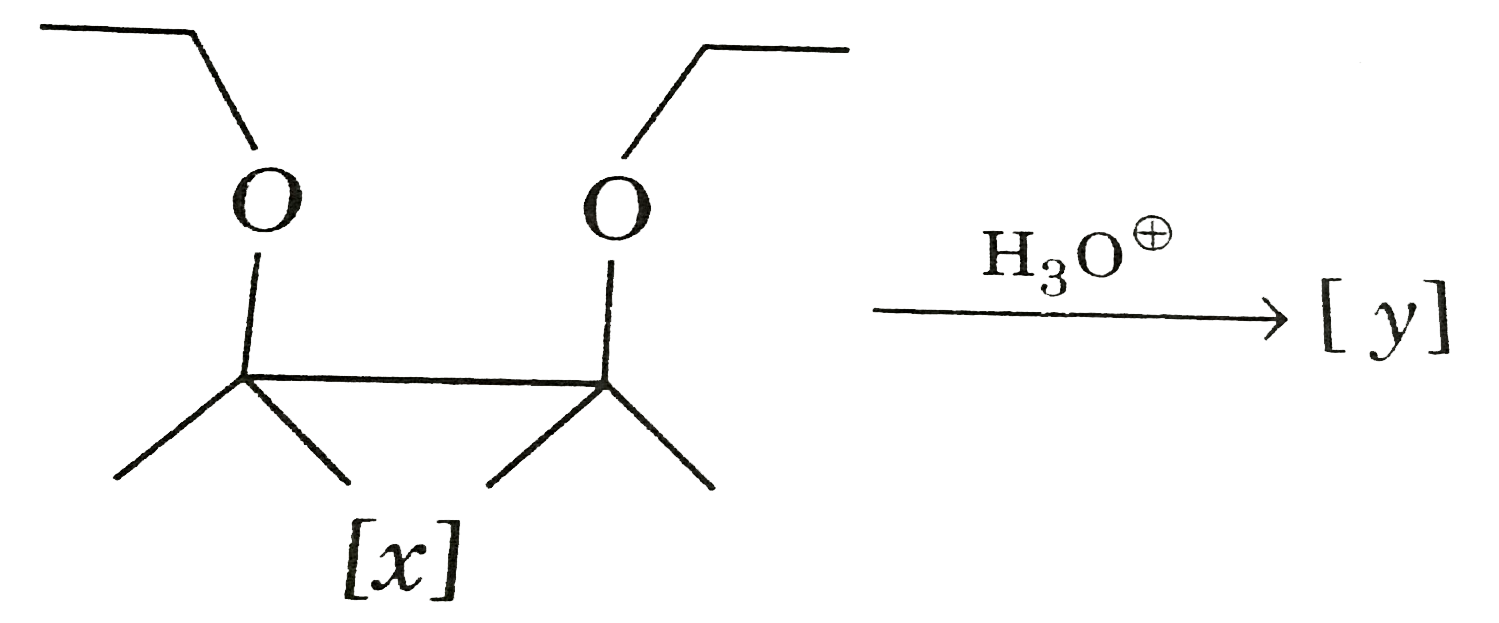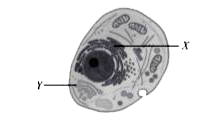Prolonged ..............X.............leads to lead to complex disorder called diabetes mellitus , associated with loss of .............through urine. Select the correct option for X and Y.
X - hyperglycemia, Y - glucose
X - hypoglycemia, Y - glucose
X - hyperglycemia, Y - ketone bodies
both (a) and (c)
The correct Answer is:D
To solve the question, we need to identify the correct terms for X and Y in the context of diabetes mellitus.
1. Understanding the Context: The question states that prolonged X leads to diabetes mellitus, which is associated with the loss of Y through urine. We need to identify what X and Y represent.
2. Identifying X:
- The term "diabetes mellitus" is primarily associated with high blood sugar levels.
- The condition that leads to diabetes is known as hyperglycemia, which means high levels of glucose in the blood.
- Therefore, we can conclude that X = hyperglycemia.
3. Identifying Y:
- In diabetes mellitus, due to the high levels of glucose in the blood, the kidneys attempt to excrete the excess glucose, leading to its loss in urine.
- Thus, Y represents the substance that is lost through urine, which is glucose.
- Therefore, we can conclude that Y = glucose.
4. Final Answer:
- The correct terms for X and Y are:
- X = hyperglycemia
- Y = glucose
- The term "diabetes mellitus" is primarily associated with high blood sugar levels.
- The condition that leads to diabetes is known as hyperglycemia, which means high levels of glucose in the blood.
- Therefore, we can conclude that X = hyperglycemia.
- In diabetes mellitus, due to the high levels of glucose in the blood, the kidneys attempt to excrete the excess glucose, leading to its loss in urine.
- Thus, Y represents the substance that is lost through urine, which is glucose.
- Therefore, we can conclude that Y = glucose.
- The correct terms for X and Y are:
- X = hyperglycemia
- Y = glucose
Topper's Solved these Questions
Similar Questions
Knowledge Check
Prolonged hyperglycemia leads to a complex disorder called -
ADiabetes mellitusBDiabetes insipidusCCretinismDMyxoedemaRefer to the given figure and select the correct option regarding X,Y and Z.
 AXYZBrachioaurusArchaeopteryxTriceratopsBXYZArchaeopteryxTryannosaurusPteranodonCXYZArchaeopteryxStgosaurusTryrannosaurusDXYZArchaeopteryxBrachiosaurusTriceratops
AXYZBrachioaurusArchaeopteryxTriceratopsBXYZArchaeopteryxTryannosaurusPteranodonCXYZArchaeopteryxStgosaurusTryrannosaurusDXYZArchaeopteryxBrachiosaurusTriceratops
Select correct statement about[x] and[y].A[x] has gauche from more stable than its any other conformation across C2−C3B[x] has gauche from less stable than its any other conformation across C2−C3C[y] has gauche from less stable than its any other conformation across C2−C3DBoth options (b) and ( c) are correct
Refer to the given Venn diagram and select the correct option regarding X, Y and Z.

View SolutionRefer to the given flow chart and select the correct option regarding V, W, X, Y and Z.

View SolutionThe decrease in the number of sperms in semen is called .....x….... and is due to the insufficient amount of …....y…... Select the correct option for X and Y .
View SolutionThe volume of blood pumped out by each ventricle per cardiac cycle is called …..X……which is about …….Y……… . Select the correct option for X and Y.
View SolutionThe …....X ….... cells of testes secrete testosterone in ……....
Choose the correct option for X and Y.
View Solution



